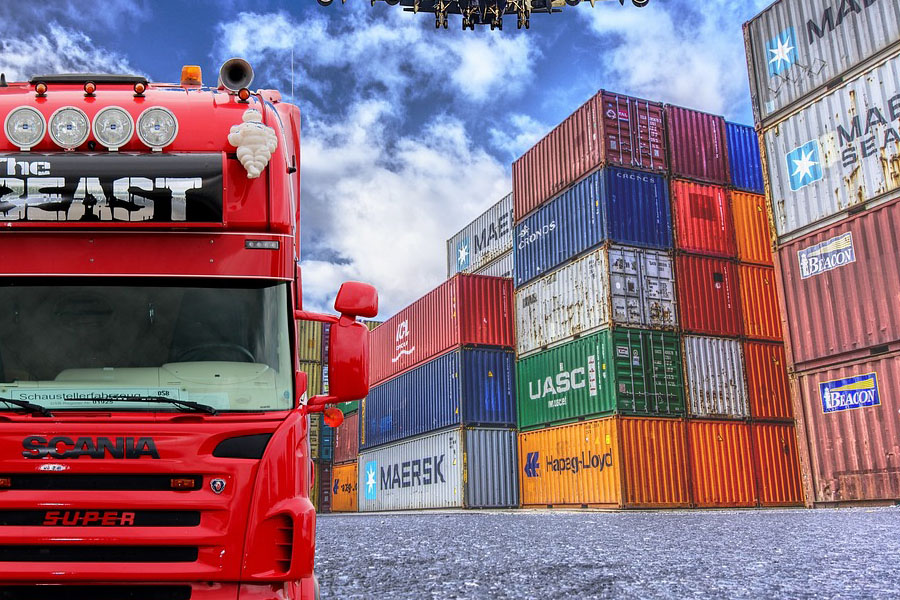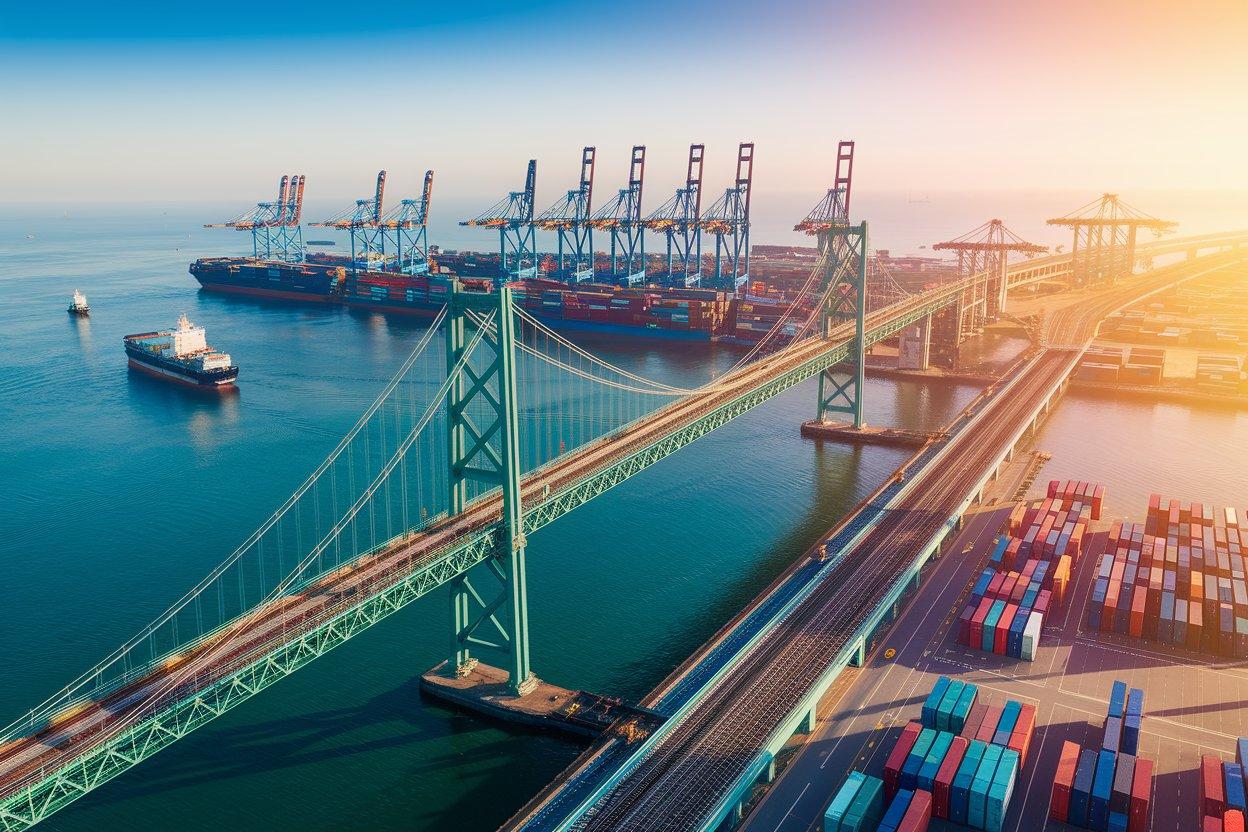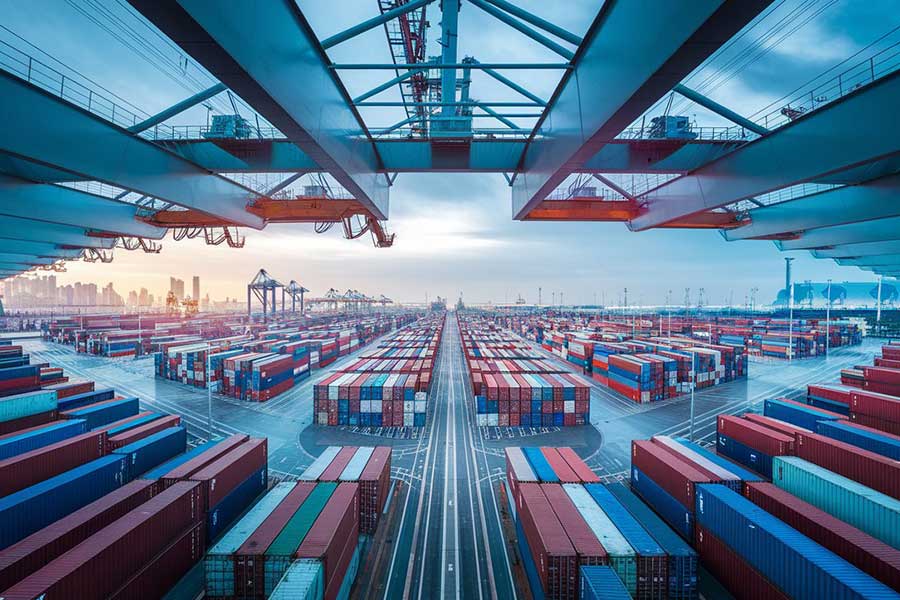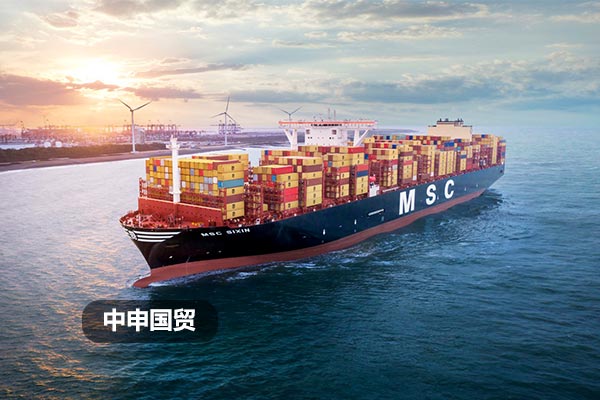- Shanghai Zhongshen International Trade Co., Ltd. - Two decades of trade agency expertise.
- Service Hotline: 139 1787 2118
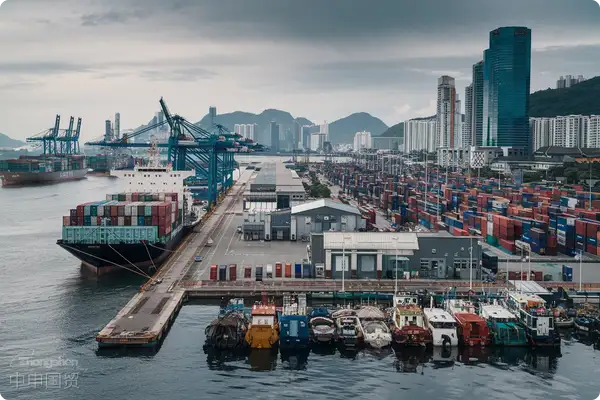
1. Who is the real export entity?
In theAgent - export modeUnder,foreign tradeThe agency company, as the declarant for export, assumes the legal responsibility as the "operating unit" on the customs declaration form. WhileSelf-operated export modelIn the process, the production enterprise directly completes the task in its own name.Export Clearance, both a manufacturer and an exporter.
2. What are the key differences in fund occupation?
- Foreign Trade Agency Agreement:
- Agency companies usually provide foreign exchange advance services.
- Enterprises can enjoy a 90-120 day payment term buffer.
- Some premium agencies offerL/CFinancing
- Self-operated export:
- You are required to bear the full risk of payment.
- Foreign ExchangeA complete export agency agreement should be attached with:The cycle directly affects cash flow.
- It is necessary to establish an independent foreign exchange risk control system.
III.Export DrawbackHow is the entitlement defined?
According to the latest policy interpretation by the State Taxation Administration in 2025:
- Under the agency export model,The right to tax refunds belongs to the production enterprise., the agency only assists in handling the procedures.
- Self-operated export enterprisesEnjoy the full tax refund benefit directly.
- Special circumstances (such as cross-border tax exemption policies) require special attention to the matching of reporting entities.
IV. What are the essential differences in legal risk assumption?
Through the analysis of the 2025 International Trade Dispute Case Database:
- In the process of export agency:
- Quality disputes shall be the responsibility of the production enterprise.
- The risk of document discrepancies shall be borne by the agency company.
- When exporting on your own:
- All legal risks shall be independently borne by the enterprise.
- It is necessary to establish a comprehensive trade compliance system.
V. How to Choose the Most Suitable Mode?
- Recommended scenarios for agency export:
- Small and medium-sized enterprises with an annual export value of less than $5 million
- The product involves sensitive controlled categories (such as chemicals).
- The trial order phase of initially exploring emerging markets
- Conditions suitable for self-operated export:
- Have a well-established export management department (a professional team of 5 or more members).
- Annual export tax rebates exceed 2 million RMB.
- Establish overseas subsidiaries in major exporting countries
6. Is there room for manipulation in the hybrid model?
According to the new policy of the General Administration of Customs in 2025, enterprises are permitted to adoptDual-track export model:
- Regular orders are exported through self-operated channels.
- Special orders (such as sample orders, customized orders) use agency channels.
- Please note the proportion control for annual declaration entities (it is recommended that the proportion of export agency does not exceed 30%).
Enterprises should select an export model that not only controls risks but also maximizes benefits, based on factors such as actual export scale, product characteristics, and target markets, while aligning with the new AEO certification requirements for 2025 by customs. It is recommended to consult professional trade service agencies for customized solution design.
Related Recommendations
? 2025. All Rights Reserved. Shanghai ICP No. 2023007705-2  PSB Record: Shanghai No.31011502009912
PSB Record: Shanghai No.31011502009912

